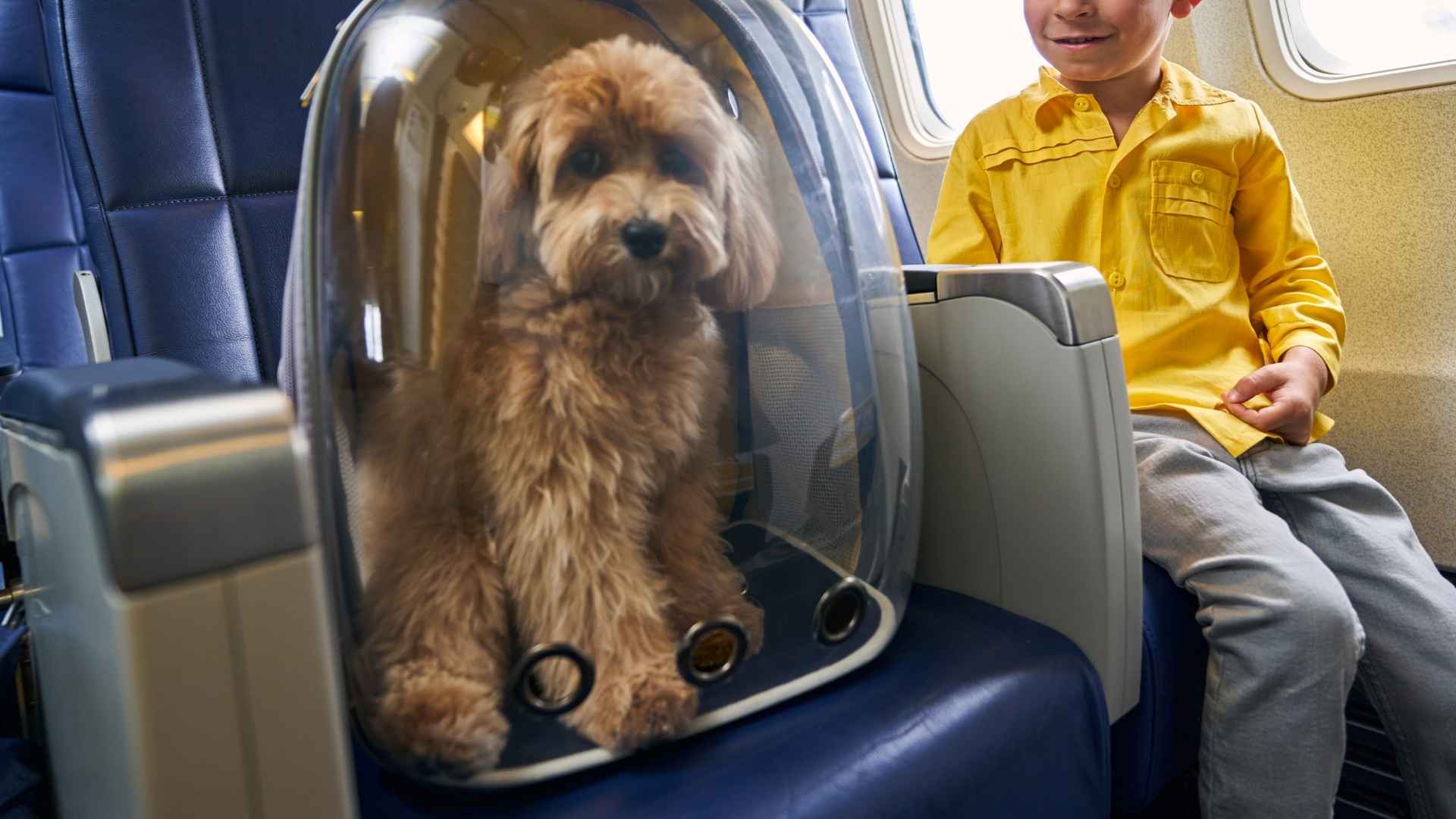Air travel can be stressful for both humans and pets. While many dogs thrive on adventure, not every breed is well-suited for the hustle and tight quarters of an airplane cabin. If you’re a frequent flyer looking to bring your furry friend along, choosing a calm, small, and travel-adaptable breed is key.
Ideal flying companions are dogs who are quiet, compact enough to fit in an under-seat carrier, and comfortable being confined for several hours. Fortunately, several breeds naturally exhibit these qualities, making in-flight travel smoother for both pup and parent.
Whether you’re flying cross-country or heading overseas, selecting the right breed can turn a potentially hectic journey into a peaceful one. This guide highlights dog breeds known for staying relaxed at 30,000 feet, along with the essentials of airline policies and pre-flight prep.
Calm temperament and compact size are crucial for in-cabin travel.
Airline-approved carriers must allow your dog to stand and turn comfortably.
Brachycephalic breeds (flat-faced) may face restrictions on some airlines.
Dog Breeds That Relax During Flights
1. Chihuahua
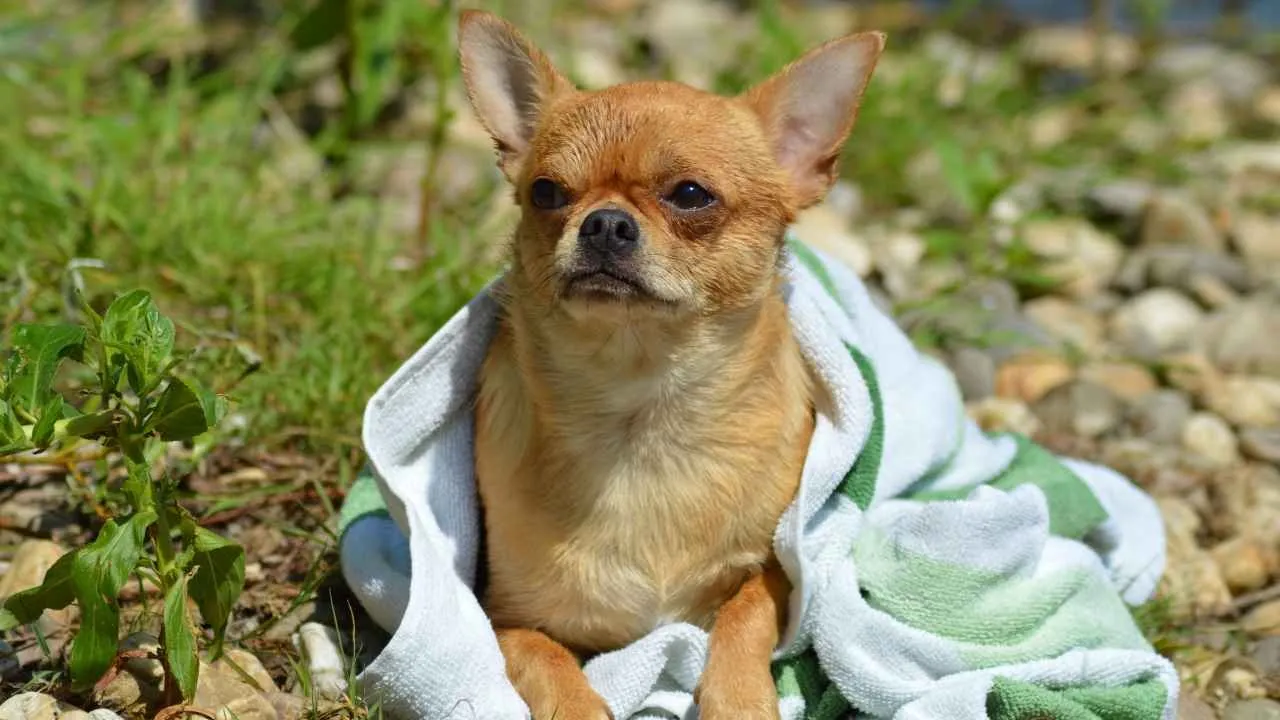
The Chihuahua, famously pocket-sized, is one of the easiest dogs to accommodate in airline cabins. Their tiny build fits comfortably in carriers that comply with under-seat requirements, and their light weight rarely exceeds airline limits. This makes them ideal for frequent flyers who want a dependable travel buddy.
While small, Chihuahuas can be vocal or anxious if unprepared. Their sharp alertness means unfamiliar sights and sounds might unsettle them mid-flight. To ensure a smooth journey, it’s important to get them comfortable with confinement and movement through gradual exposure.
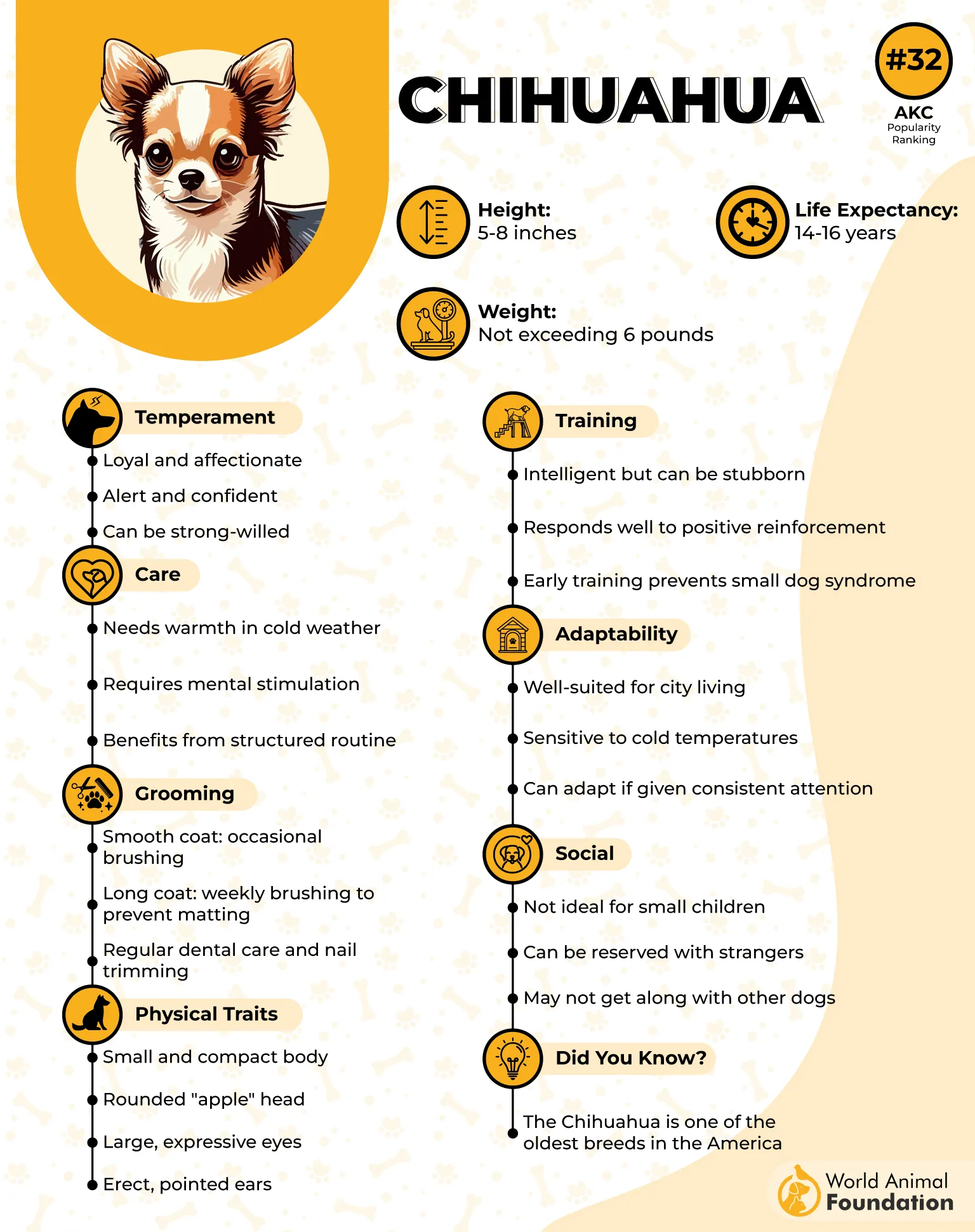
With the right acclimation, a Chihuahua can nap through turbulence and transitions. Their loyalty and love of being close to their humans often help them settle quickly, making them great for solo travelers who want a calm, cuddly presence during flights.
It is important to take extra care of Chihuahuas during flights and keep them in the cabin with you, as they may sometimes get scared of strange plane noises.
What to Consider on Flight
Temperature Regulation: These little dogs chill easily, layer with a soft blanket or sweater.
Familiar Scents: Place a worn T-shirt or soft toy in the carrier to comfort them.
Short Walks Before boarding: Give them a little exercise to reduce pre-flight restlessness.
2. Yorkshire Terrier
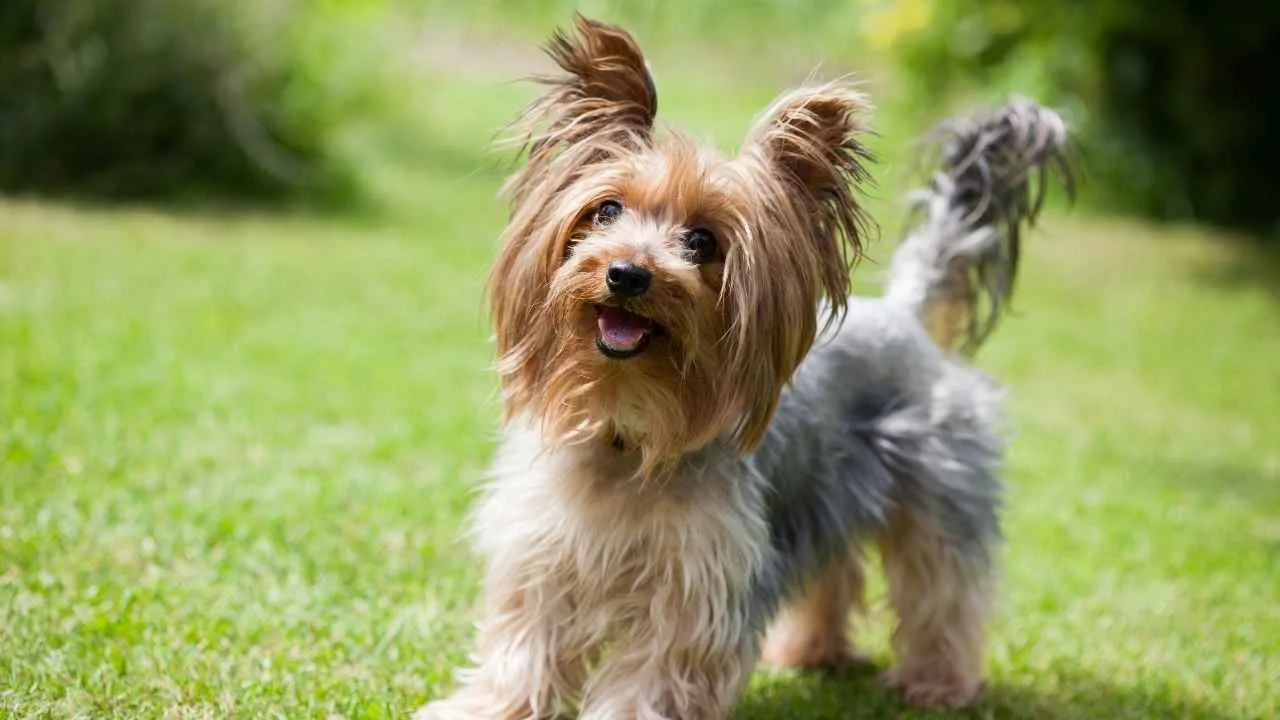
Yorkshire Terriers are stylish and spirited, and their compact size often puts them on the list of top in-cabin travel dogs. Weighing under seven pounds, most Yorkies fit into airline-approved carriers with room to spare. They love staying close to their owners, which makes flights a less stressful experience when managed well.
Despite their small stature, Yorkies are assertive and curious, which can translate to restlessness or barking if not properly prepared. Desensitizing them to sounds and crowds in advance can greatly improve their behavior on travel days.
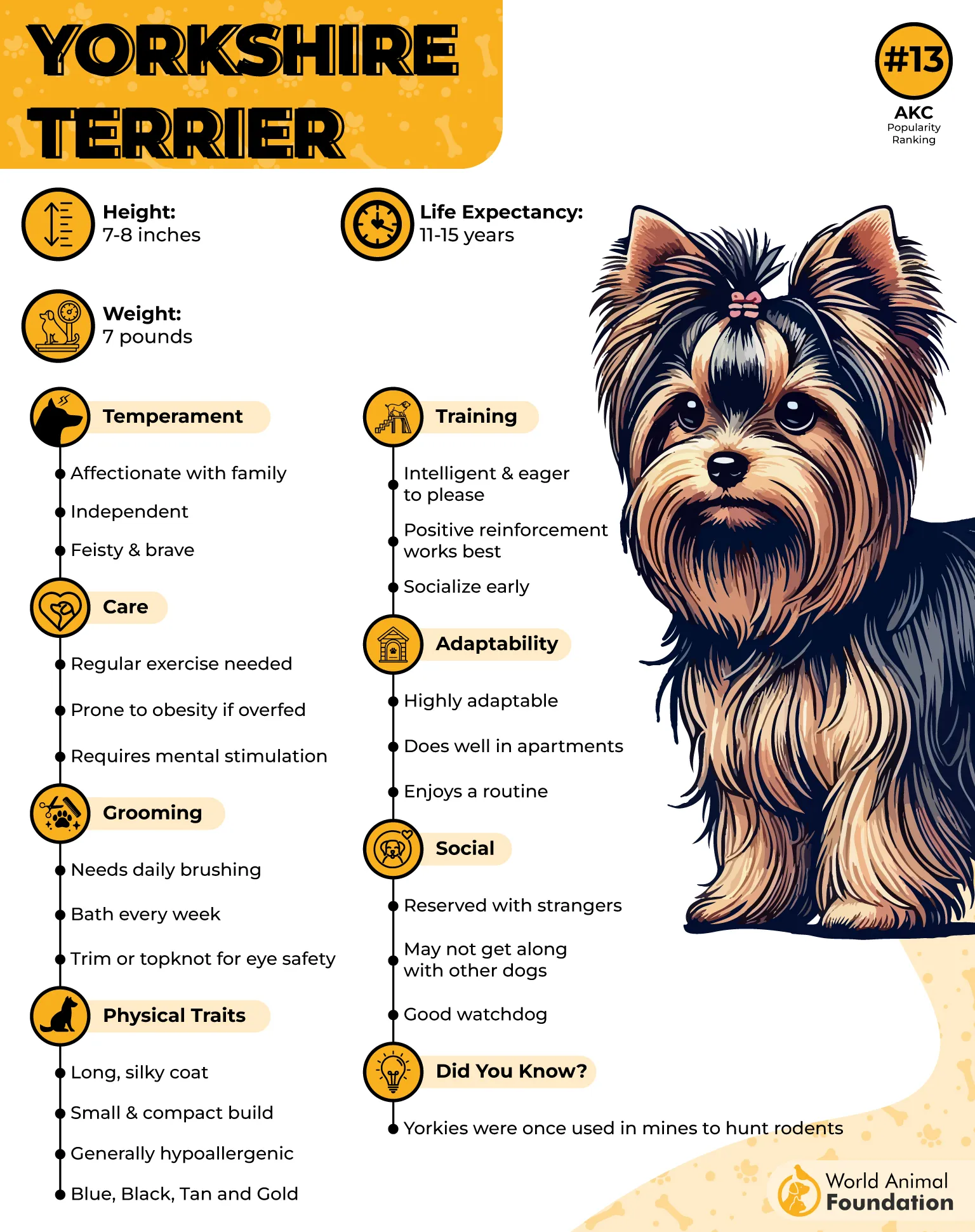
Once settled, a Yorkshire Terrier is usually content to stay quiet, especially when they have a soft blanket, familiar toy, or treat to keep them company. Their adaptable nature and strong bond with their humans make them wonderful companions for domestic and international trips alike.
What to Consider on Flight
Noise Management: Use calming treats or puzzles to distract from new sounds.
In-Carrier Comfort: Choose a soft carrier with mesh ventilation and extra padding.
Bathroom Planning: Line the carrier with a pee pad
3. Pomeranian
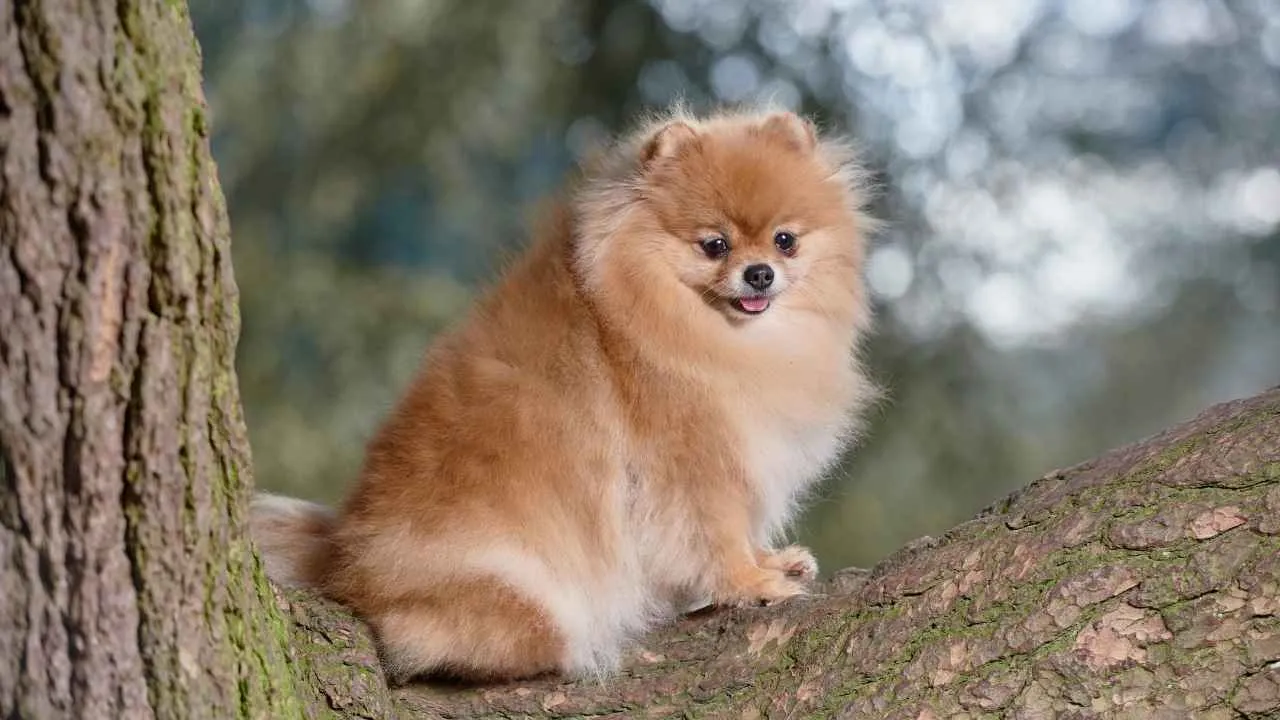
Feisty, fluffy, and surprisingly portable, the Pomeranian can make an ideal travel buddy when prepared properly. Their sociable and affectionate nature allows them to bond closely with their humans, making them easier to comfort in new or noisy environments. However, their expressive personality means practice and patience are essential before taking to the skies.
Though vocal by nature, Pomeranians respond well to training. With enough carrier time and quiet reinforcement, they’ll learn to settle when needed. Because they’re naturally alert and curious, keeping their visual and auditory stimuli low during the flight helps avoid stress or excitement.
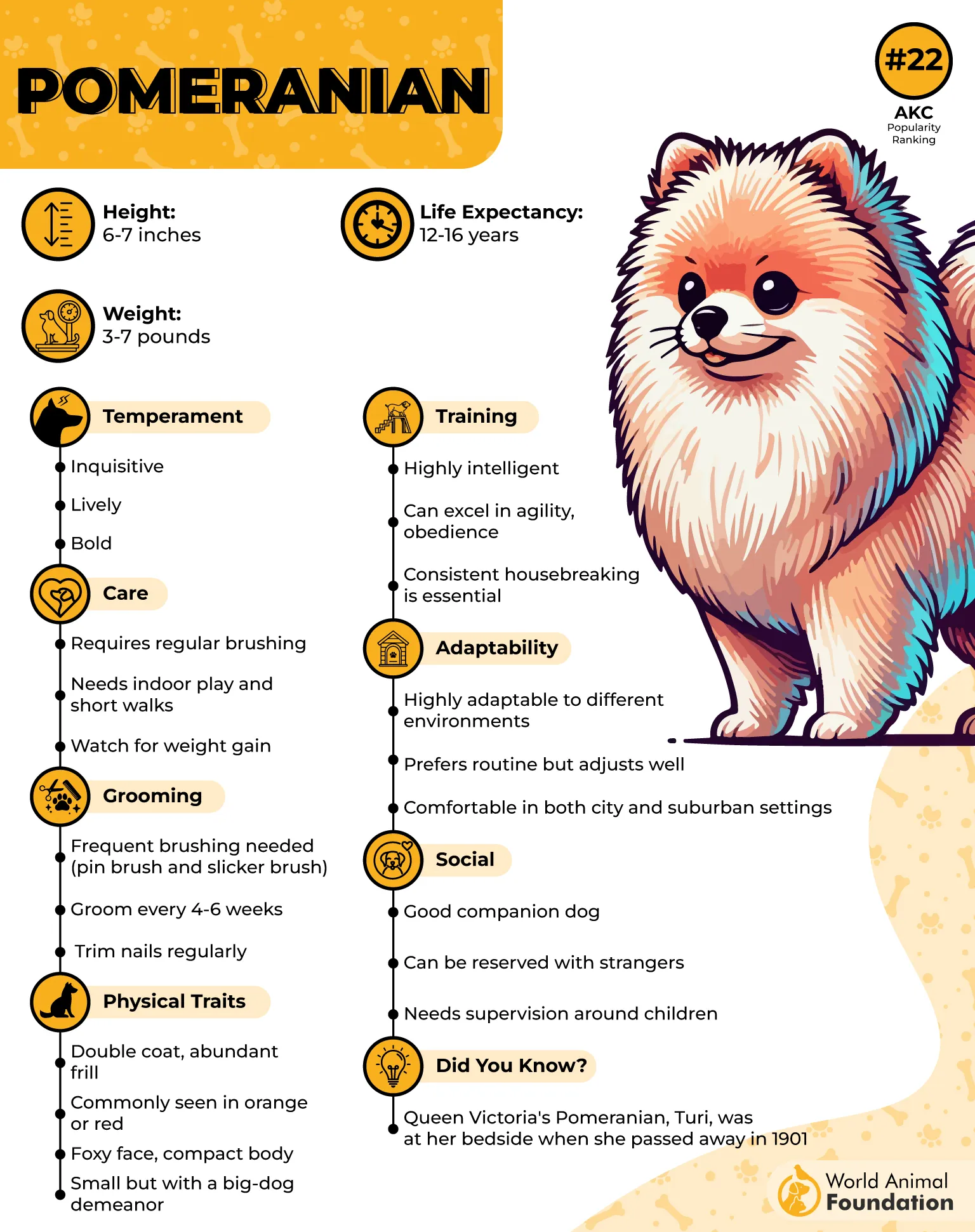
Due to their thick double coat, they stay warm in cooler cabin temperatures, but that same coat can make them prone to overheating if not monitored. Be sure their carrier has proper ventilation and that they have access to hydration throughout the flight.
What to Consider on Flight
Pre-Flight Grooming: Brush their coat before travel to avoid matting or excess shedding.
Hydration Strategy: Ice cubes or a spill-proof water dish can help them stay hydrated calmly.
Crate Training Early: Help them associate the carrier with quiet time before flight day.
4. Havanese
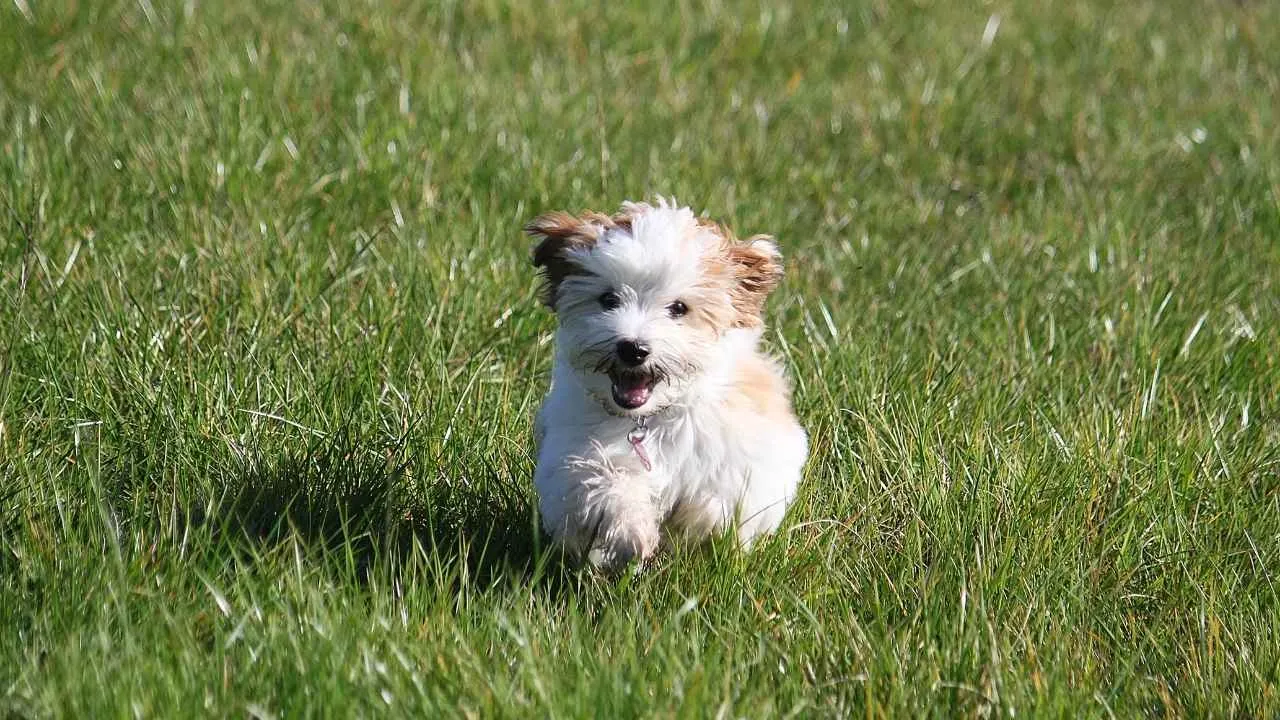
The Havanese is a friendly, sociable breed that tends to take well to the bustling atmosphere of air travel. Their naturally affectionate personality makes them ideal cabin companions, especially when flying short to moderate distances. They’re small enough to easily fit under most airline seats, which makes logistics simpler for pet parents.
Their silky coat and hypoallergenic reputation can be a bonus for fellow passengers, especially in close quarters. While they are typically calm, ensuring they are acclimated to their travel crate in advance can help avoid any surprise anxiety. Positive reinforcement and short practice trips are great for prepping your Havanese to fly.
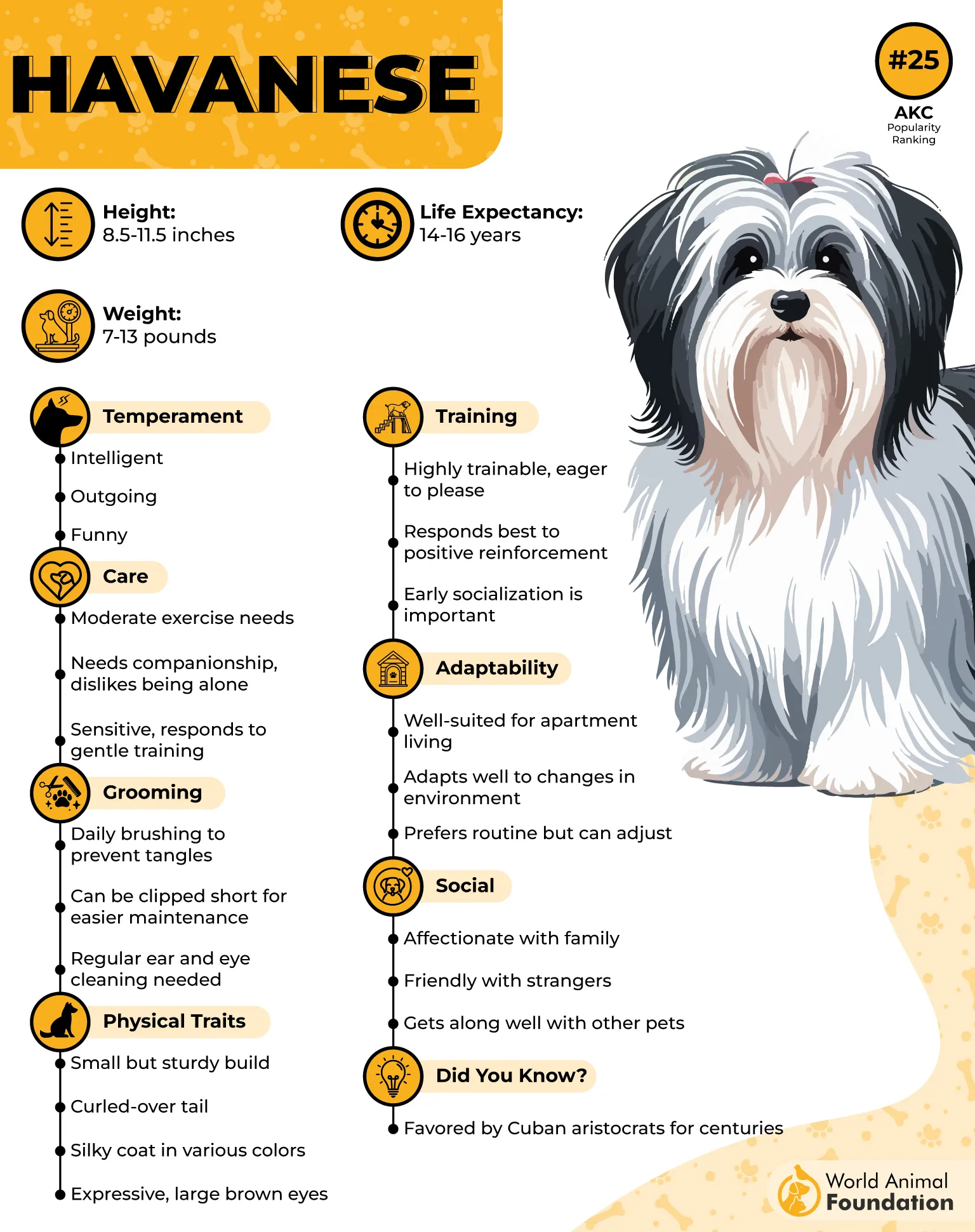
Because they are companion dogs at heart, Havanese tend to relax more when close to their owner. A few favorite toys, a soft mat, and a little familiarity go a long way in turning a new environment into a cozy den.
Havanese ABC suggests that it is always a good idea to check for the type of carriers allowed on board a few days prior to the flight.
What to Consider on Flight
Carrier Familiarity: Let your Havanese explore and nap in the carrier weeks before travel.
Hydration Kit: Bring collapsible bowls and a small bottle for water, especially during warmer months.
Pet Documentation: Always carry your dog’s vaccination proof and health certificate, particularly for longer trips.
5. French Bulldog
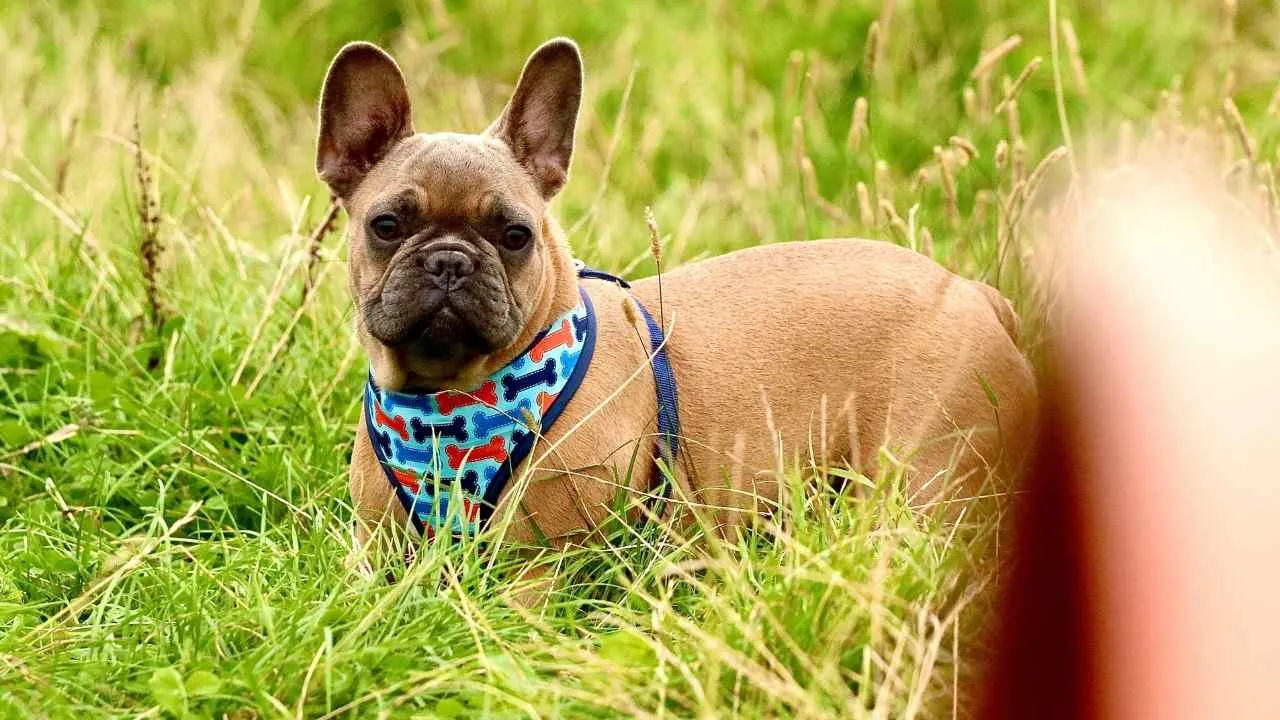
French Bulldogs are charming and adaptable, but their flat faces and short snouts mean air travel needs careful planning. Most airlines allow them to fly in the cabin, though cargo is discouraged due to the breed’s risk of breathing difficulties. For this reason, flights should ideally be short and non-stop whenever possible.
Because of their compact, muscular build, Frenchies might need a slightly roomier carrier—always double-check size limits in advance. Temperature regulation is crucial since brachycephalic dogs like Frenchies can overheat easily. Keep them cool and avoid booking flights during the hottest parts of the day.
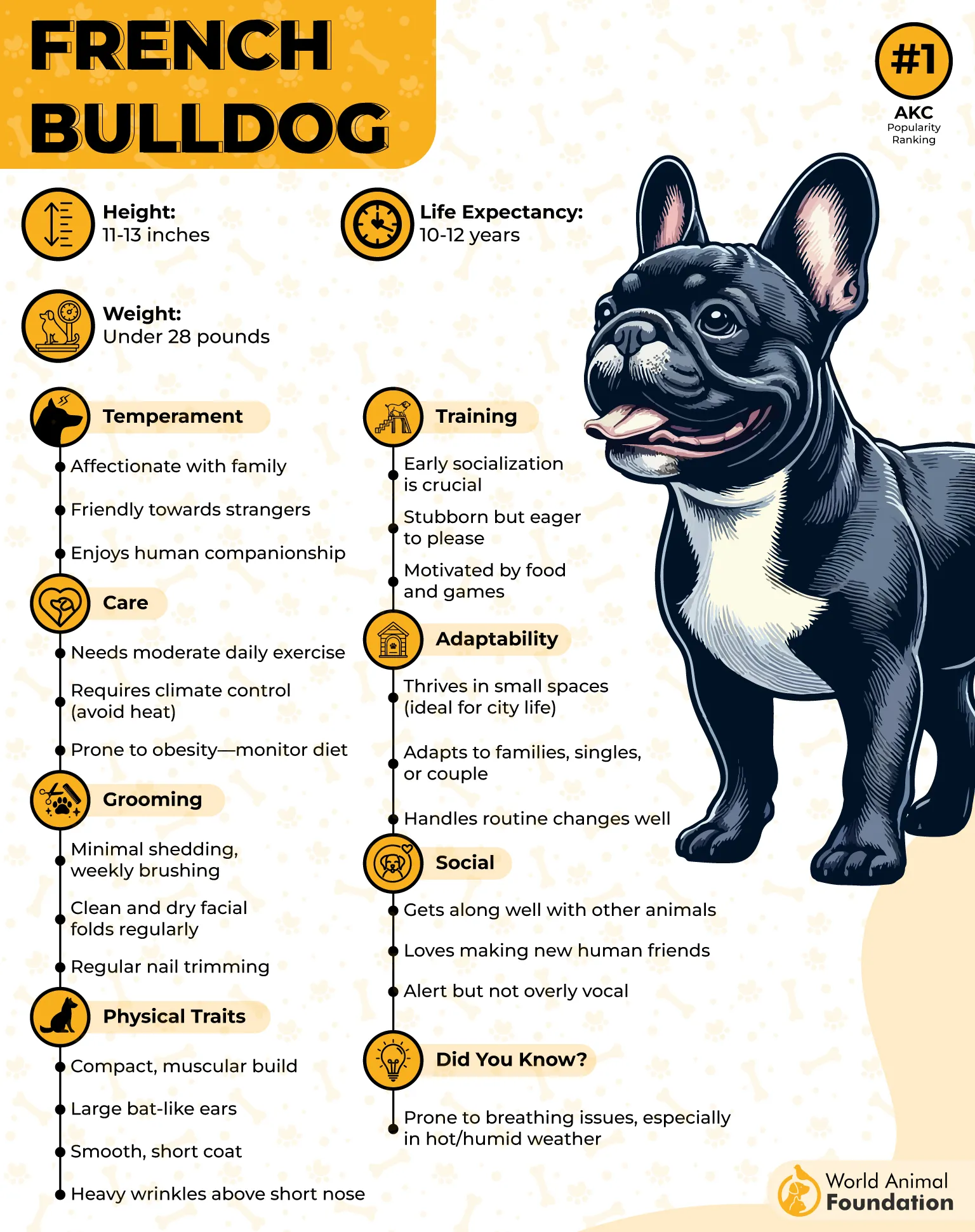
Despite their tough-guy appearance, Frenchies are incredibly affectionate and thrive on human contact. Calming them is usually as simple as a reassuring word or a hand resting near the carrier. Preparation and careful attention to their physical limits are key to flying safely with this breed.
What to Consider on Flight
Temperature Control: Avoid warm travel times; pack a mini fan or cooling mat for comfort.
Breathing Precautions: Confirm your vet approves of in-cabin travel due to their respiratory anatomy.
Emergency Kit: Include a cooling towel, water, and absorbent pads in your carry-on.
6. Papillon
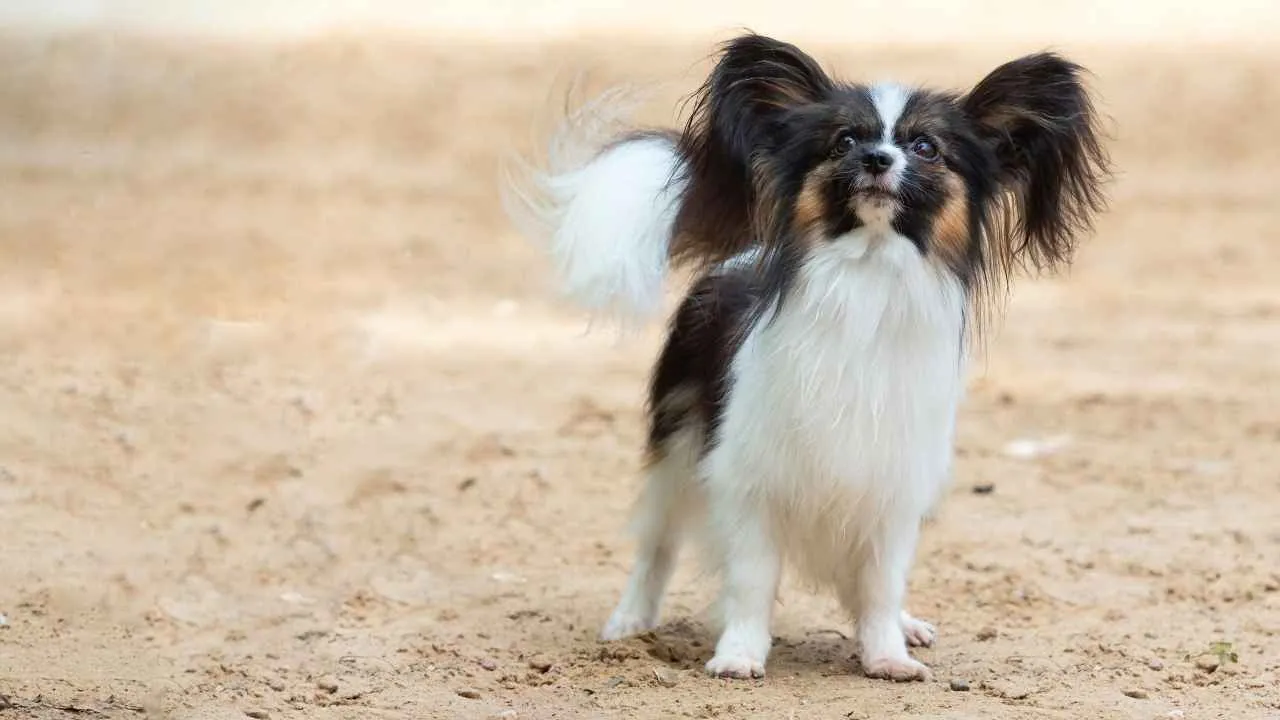
Papillons, with their butterfly-like ears and alert personalities, make for surprisingly composed travelers. Their tiny stature allows them to settle into a soft-sided carrier with minimal fuss, and their curious yet adaptable nature means they often take travel in stride. They enjoy being near their humans and can quickly relax with a bit of reassurance.
As a highly intelligent and eager-to-please breed, Papillons are easy to train for carrier use. Getting them used to short car rides in their crate can simulate the in-flight environment and reduce anxiety. Once onboard, they’re typically quiet, choosing to observe rather than vocalize.
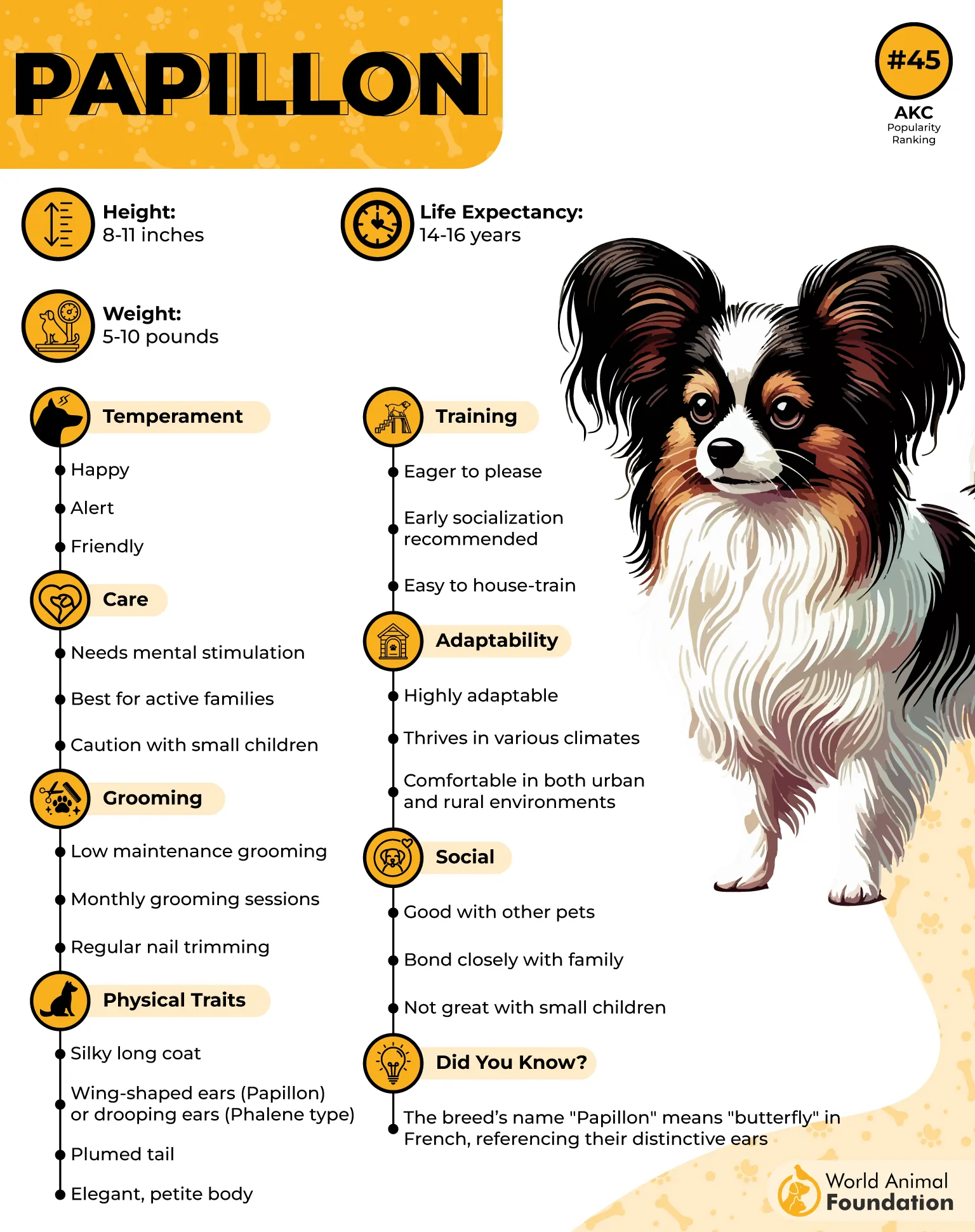
Because they have fine coats and light frames, Papillons tend to feel temperature shifts easily. Keeping them cozy in a soft blanket or lined carrier can help them stay comfortable during the flight, especially in cooler cabins.
What to Consider on Flight
Carrier Padding: Line the carrier with a warm pad or soft blanket to combat chilly cabins.
Quiet Toys: Bring soft chew toys or puzzle feeders to keep your Papillon entertained.
Practice Runs: Simulate flight conditions with short drives or airport visits pre-travel.
7. Cavalier King Charles Spaniel
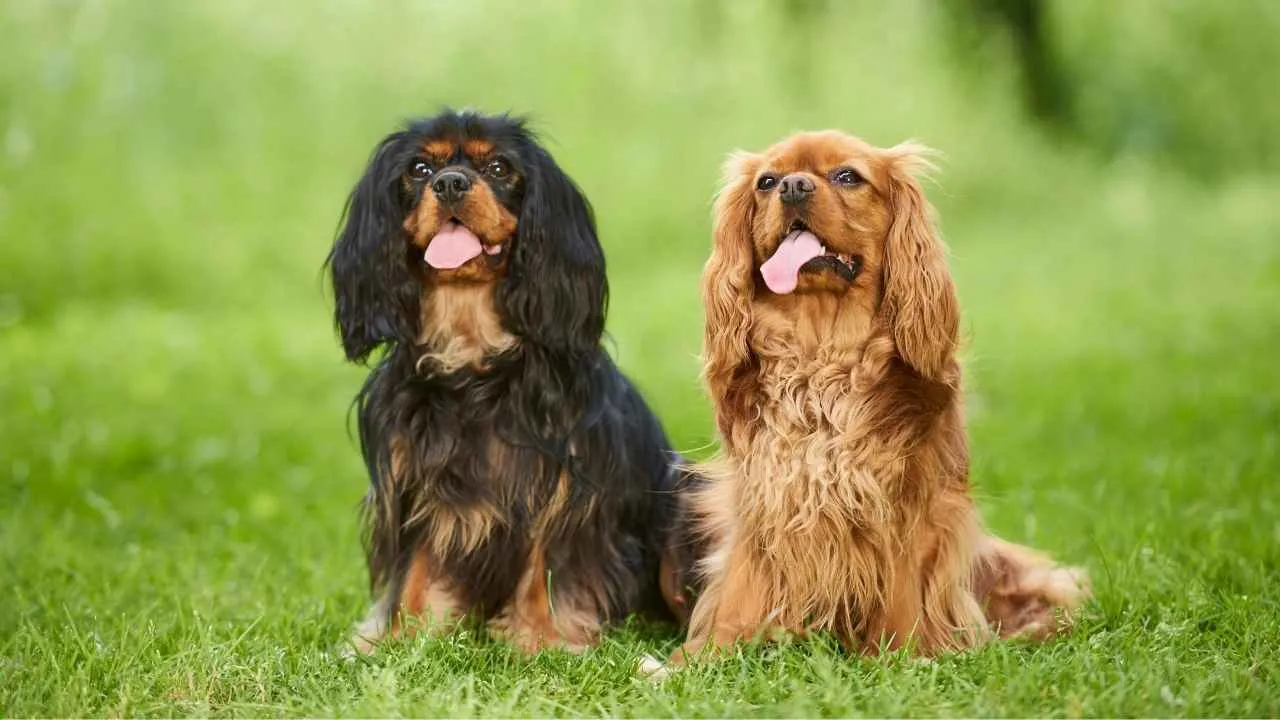
With their gentle demeanor and laid-back attitude, Cavalier King Charles Spaniels are often naturals at flying. They are quiet, composed, and thrive on human proximity—perfect traits for a dog spending hours under a seat. Their slightly larger size may push weight limits, so always confirm dimensions ahead of time.
Cavaliers are sensitive and affectionate, and they tend to mirror their owner’s emotions. A calm traveler usually leads to a calm Cavalier. Introducing the dog to their travel carrier early and taking them on errands can ease the eventual flight experience.
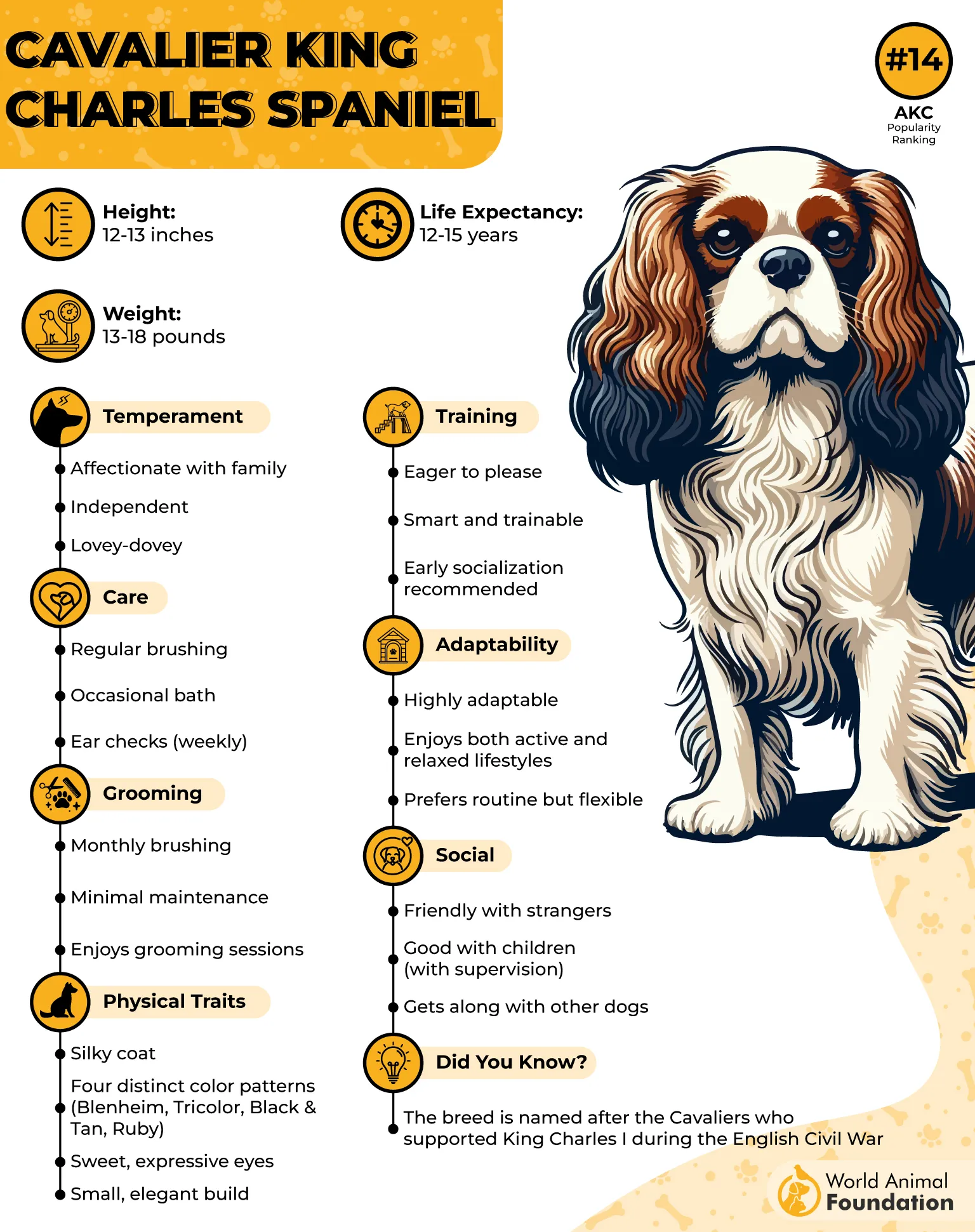
However, it’s essential to consider health factors. Cavaliers are prone to heart-related conditions, so a vet check is recommended before any flight. If your pup has medical needs, bring appropriate medication and a summary of their health history.
What to Consider on Flight
Health Clearance: Ask your vet to review your Cavalier’s heart health before travel.
Space Assessment: Ensure your carrier provides enough room for your Cavalier to stretch.
Soothing Tools: Include a familiar-smelling blanket or shirt to reduce travel stress.
Conclusion
Choosing the right dog breed for air travel can significantly influence your experience as a pet owner who travels frequently. Smaller dogs with calm demeanors and adaptable temperaments tend to be the most successful in-cabin travelers. Whether you’re planning a short domestic flight or gearing up for an international journey, proper preparation is key to creating a stress-free experience for both you and your pet.
Not all dog breeds are suited for plane travel, especially brachycephalic or giant breeds, which may face restrictions due to size or breathing issues. Airline regulations can vary depending on carrier size, weight range, and destination-specific health requirements, such as rabies vaccination or titer tests. Make sure your pet’s carrier is approved by the airline and large enough for them to stand, turn, and rest comfortably during the flight.
To ensure smooth travels, gradually increase your dog’s exposure to confined spaces, practice calm behavior, and prepare all required documents ahead of time. When chosen wisely and conditioned thoughtfully, your loyal companion will make excellent company in the sky.


